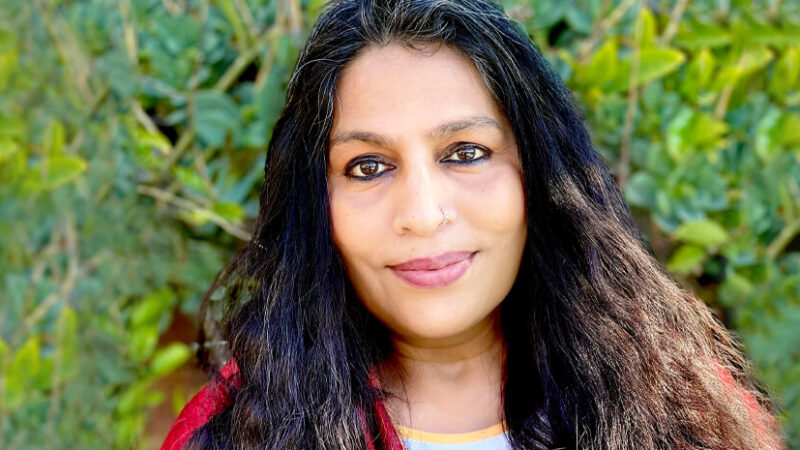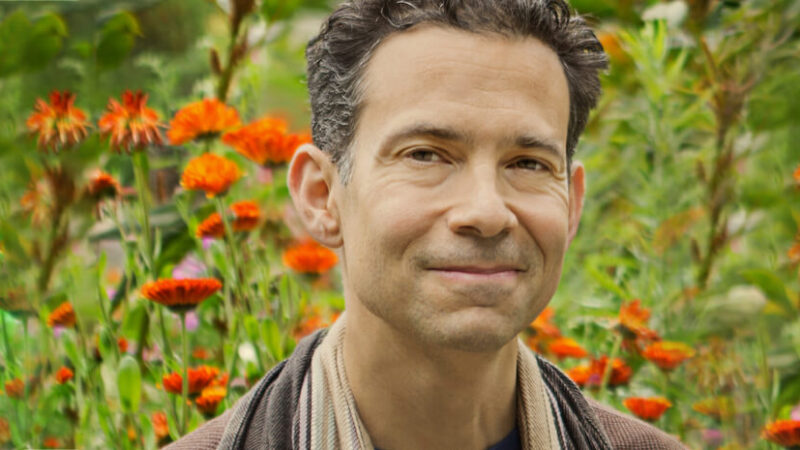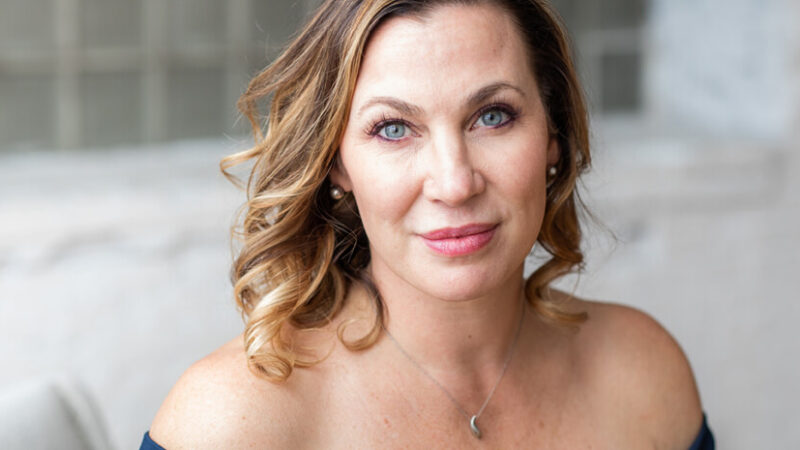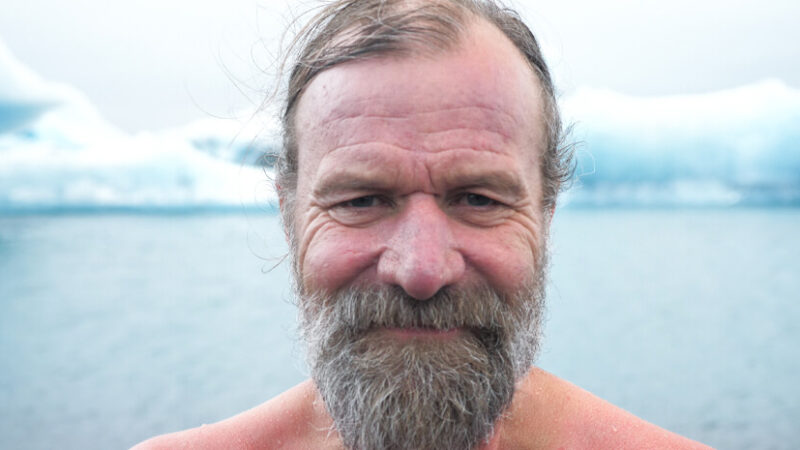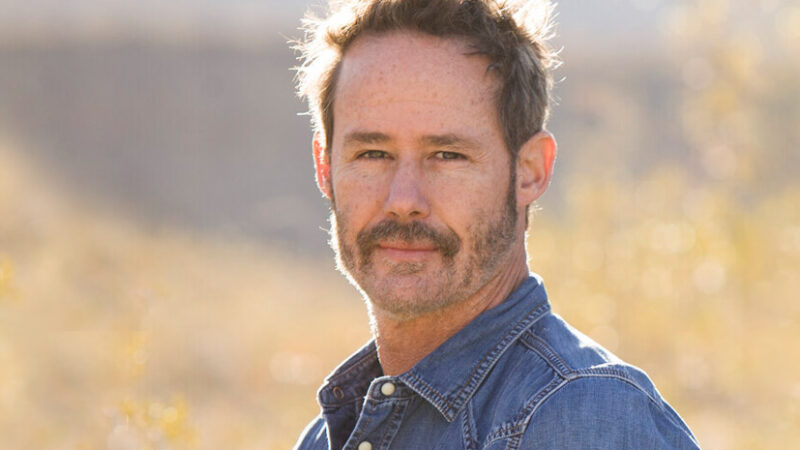Roar Like a Goddess
In this podcast we join Sounds True founder, Tami Simon, in conversation with Acharya Shunya, a master of Ayurveda and an internationally renowned spiritual teacher and scholar of Advaita (nondual wisdom). Give a listen to this informative dialogue to hear about Acharya Shunya’s book, Roar Like a Goddess, and her empowering insights into : Awakening the inner goddesses of the Vedic tradition; the progressive revelation of Durga, Lakshmi, and Saraswati; “ugly power” based on ignorance, and the devas (or light bearers) who cultivate power ethically; how symbolism helps you discover your power; healthy rage and “correctional, super-conscious anger”; the divine, ultimate truth of nonduality at the core of Vedic wisdom; the river of light that flows within all of us; and more.
